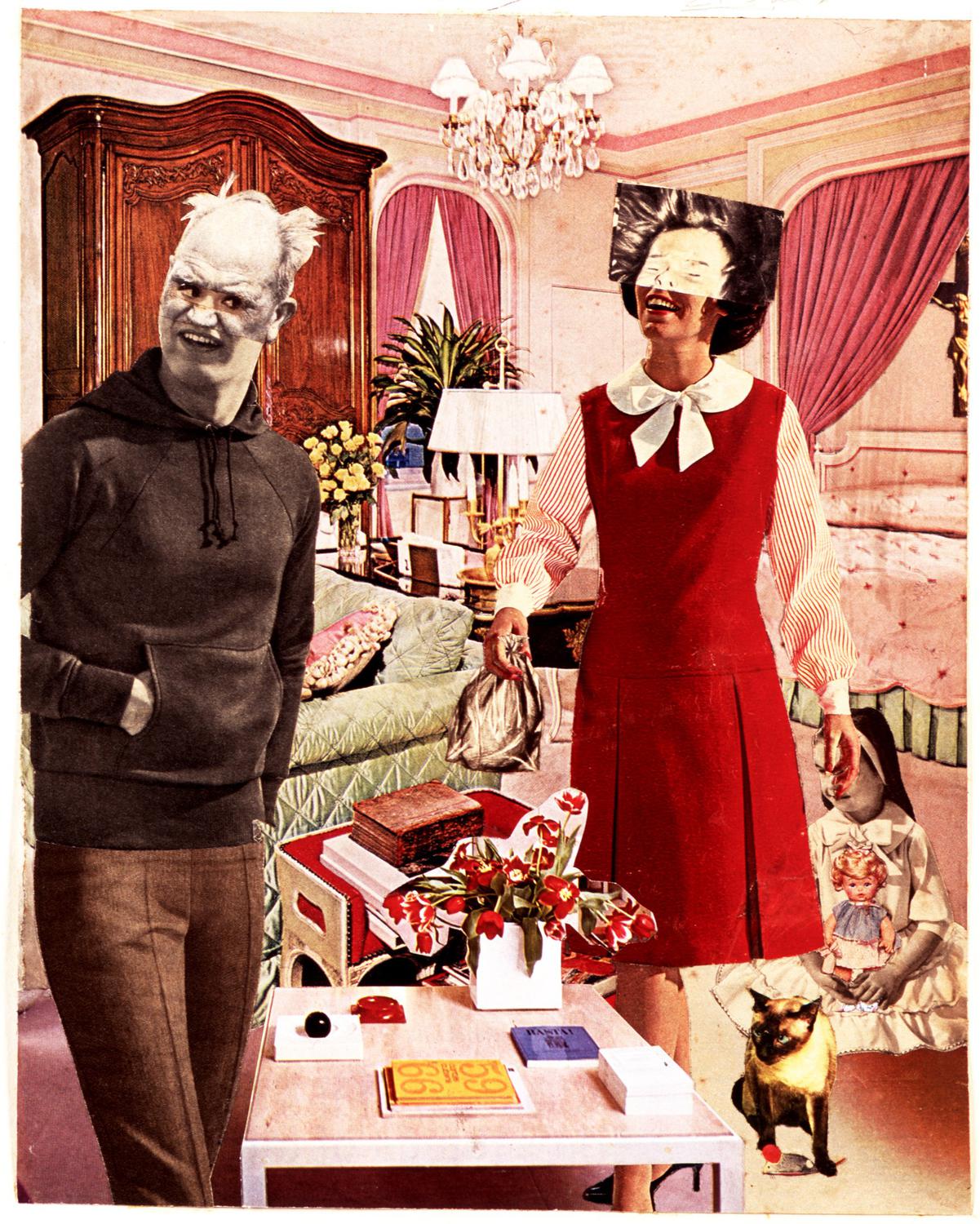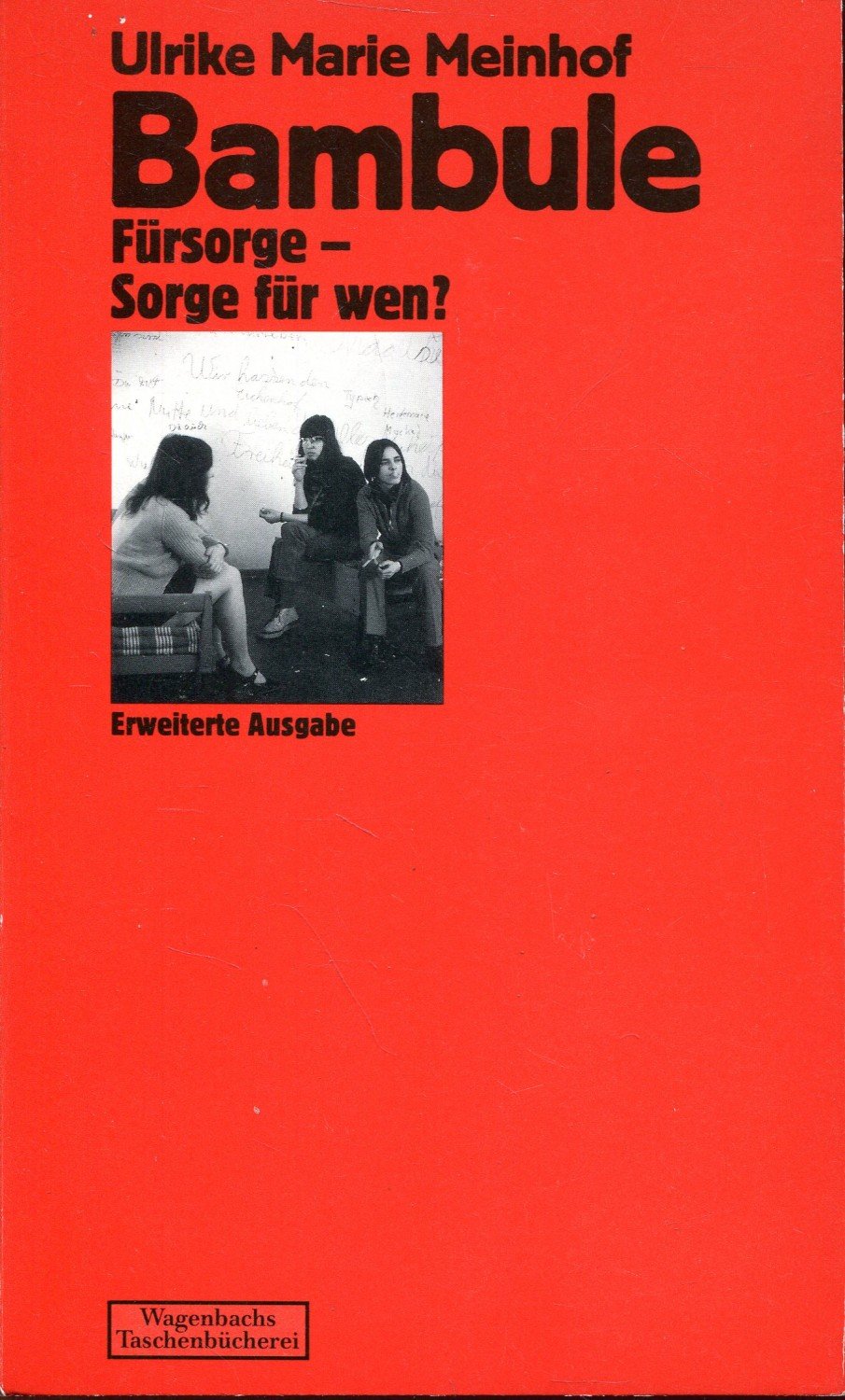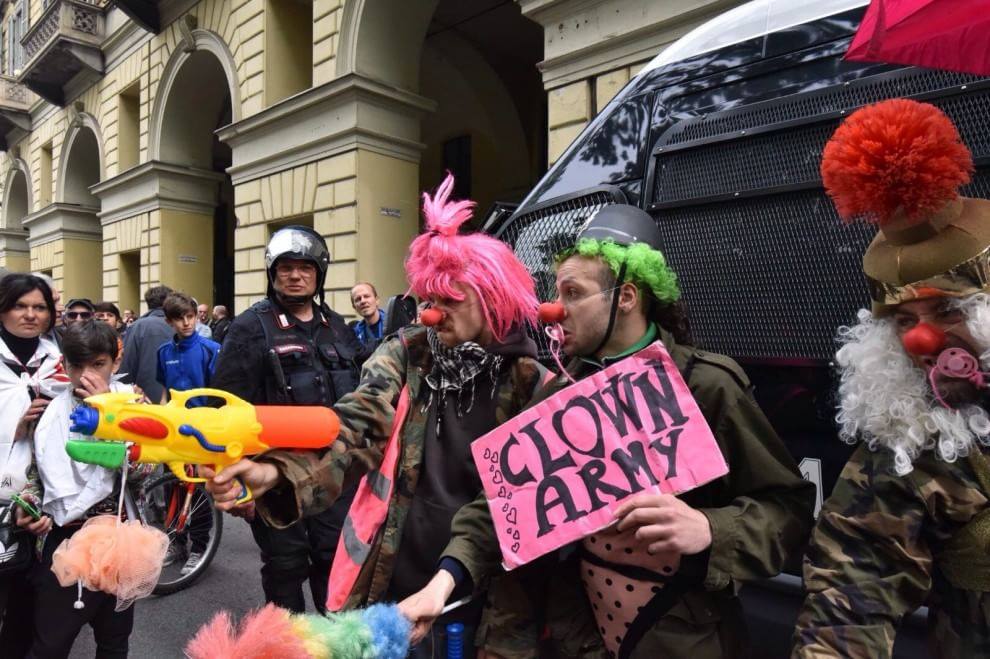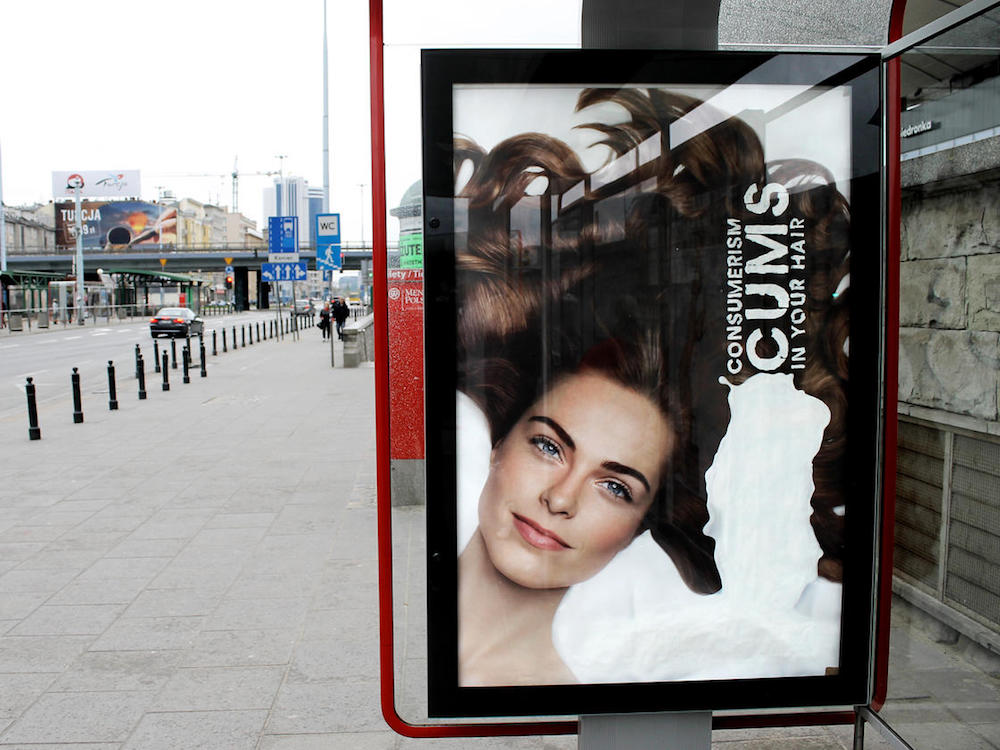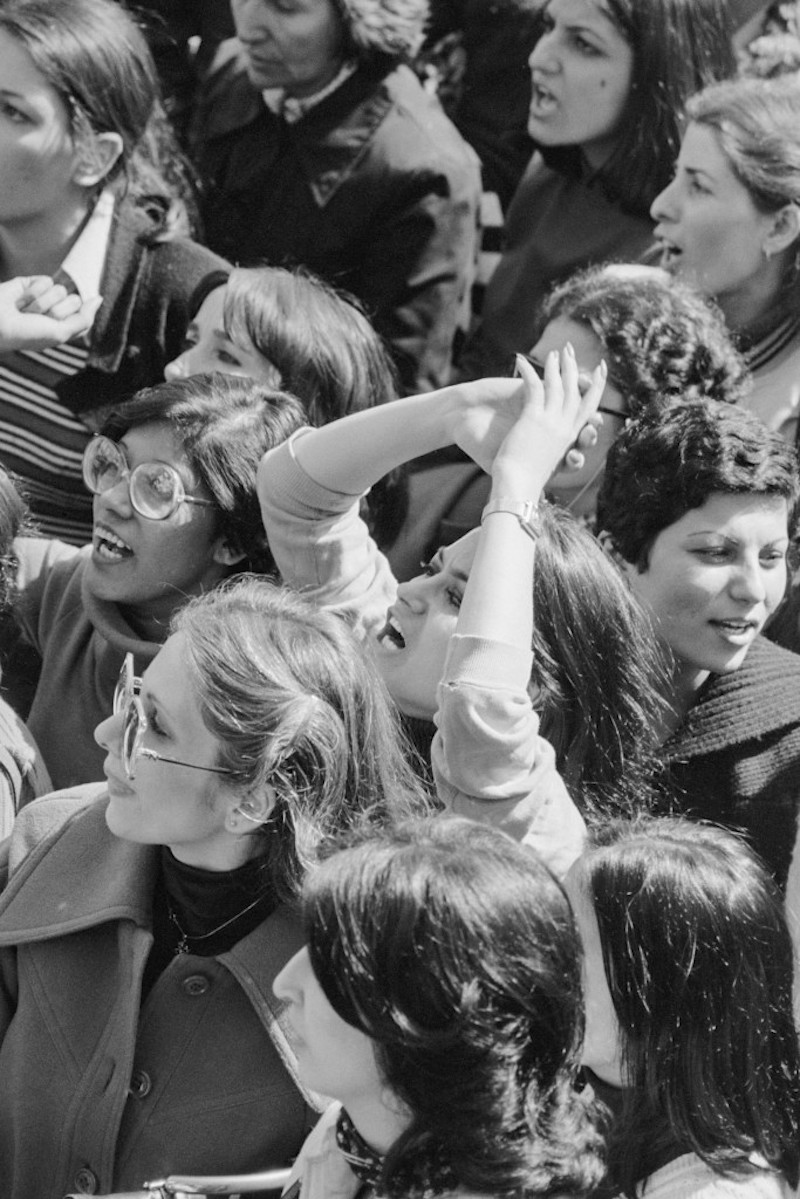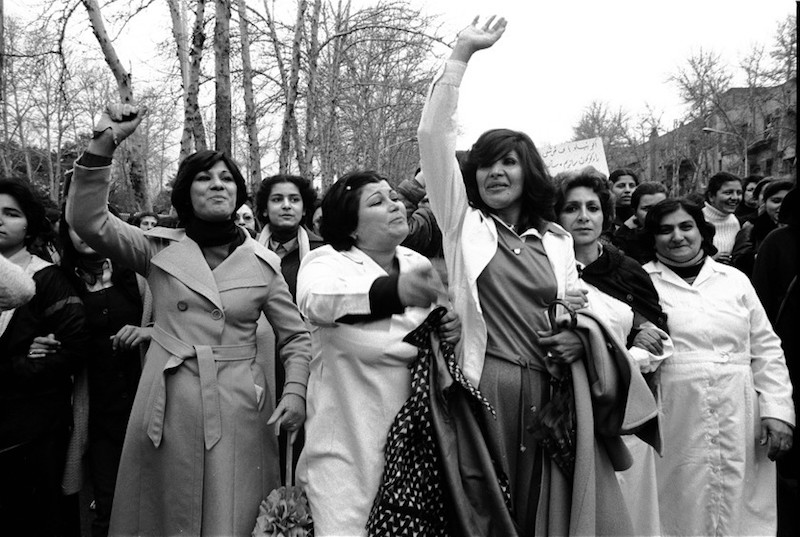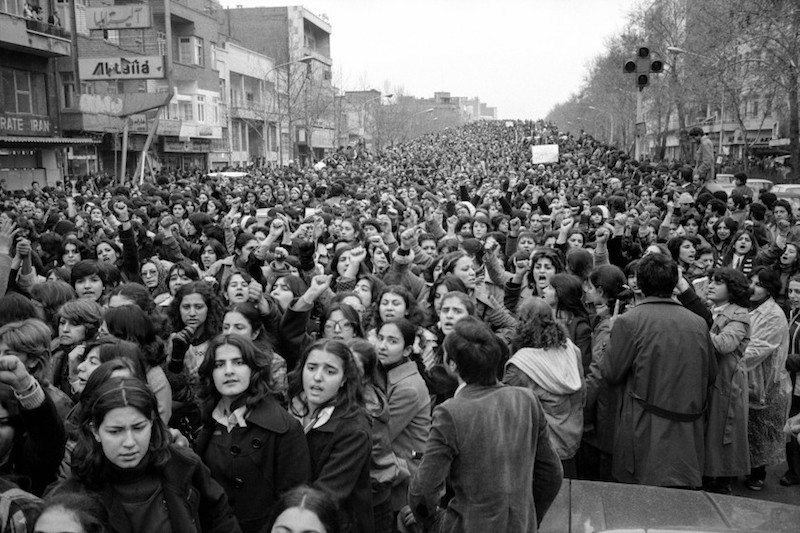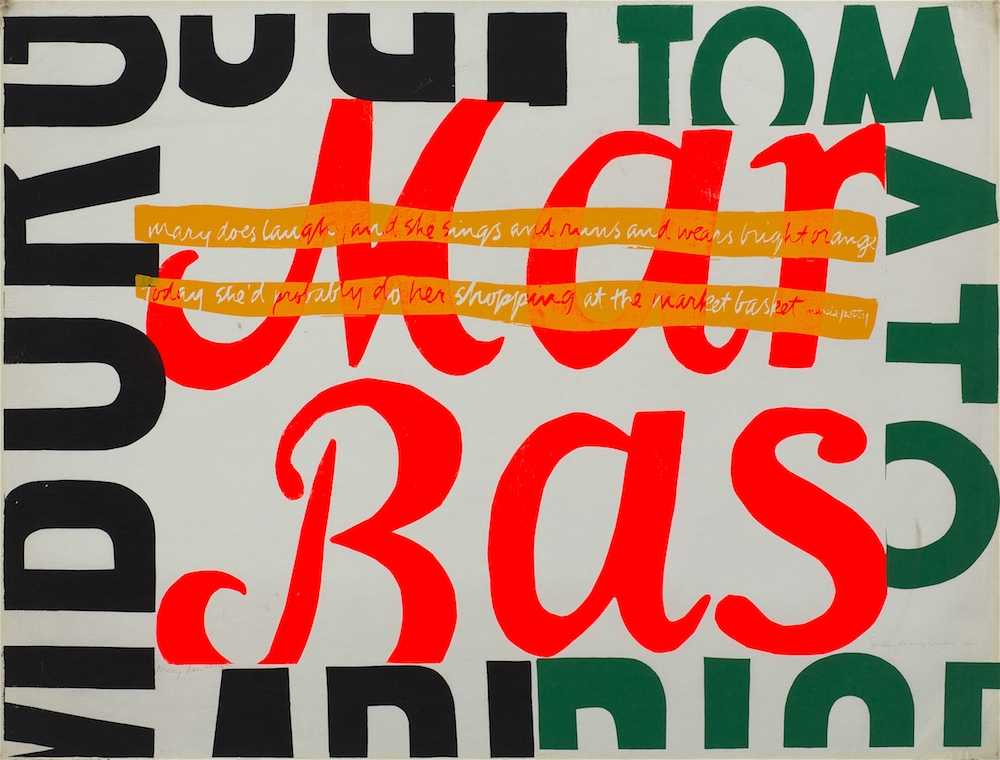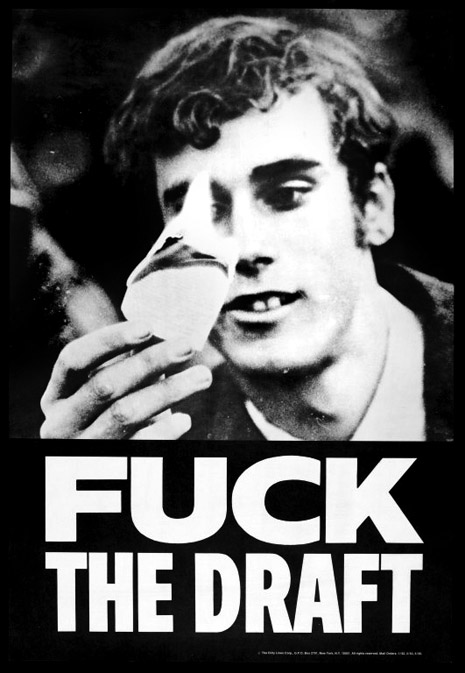
Of the many stories of official government suppression that came out of the Vietnam War era protest movements, one of the most compelling is the saga of Kiyoshi Kuromiya’s indelible “Fuck the Draft” poster. Kuromiya procured—how is unclear—a photo of a hippie burning his draft card, looking almost religiously captivated by the flame, and set his slogan in the plainest possible type. It was a hit, but his mail order sales gave feds seeking to suppress its message a strong angle of attack—using the mails to send obscene materials over state lines. The designer spent three years fighting those obscenity charges, and my Dangerous Minds colleague Jason Schafer crafted a fascinating deep-dive of that story about two and a half years ago. I unconditionally recommend reading it before proceeding here.
A crucial part of that story has gone untold until now—the perspective of Bill Greenshields, the man in the photograph. He’s only ever been publicly identified as the face of “Fuck the Draft” once before, practically in passing in a 1968 issue of an underground magazine. He’s agreed to tell his story for the first time to Dangerous Minds, to mark the 50th anniversary of his immortal rebellious action—the photo was taken on October 21, 1967, at the notorious war protest at the Pentagon, the one during which Abbie Hoffman famously attempted to levitate the building.
Dangerous Minds was put in contact with Greenshields by longtime Detroit art/punk provocateur Tim Caldwell (we’ve told you about him before.) Caldwell has known Greenshields for decades, but only just found out about his friend’s connection to the poster. It’s a story best told in Caldwell’s words:
Tim Caldwell: I was at the Museum of Contemporary Art Detroit for this exhibit called “Sonic Rebellion,” for the 50th anniversary of the Detroit riots in July of 1967. There are all these artifacts, like magazines, protest posters, books, and photographs, and people’s interpretations of all that in their artwork. And also there’s this idea of music as a force of expressive resistance. And there was this poster of my friend Bill. It was really weird, because he’d always told me he’d had a very different life before we met, and I didn’t really know what he looked like as a teenager—he’s almost 70 and I met him about 30 years ago, doing films and things like that. But so I saw this poster, in a case, and I was like “WOW, that’s him!” He looks kind of goofy and crazed in it, because that’s just the moment they caught him, he wasn’t posing or anything. I hadn’t seen him in about five or seven years, so I called a mutual friend who’s a musician who he knew Bill from film societies going back to the ‘80s. And he confirmed that it was Bill in the poster, and I asked if he was OK with talking about it, since he’d never mentioned it. So finally I called Bill and, yeah, it’s him! And every time we talked after that he’d have more and more crazy stories about stuff he did in the protest era that I’d never heard about before, he had this whole secret life before I met him—I started to wonder how well I’d really known him for those 30 years!

Bill Greenshields reliving a key moment from his past
Greenshields broke his decades-long silence on his experience in a phone conversation last weekend.
DM: So let’s start at the beginning—the protest itself. What were the circumstances, and do you know who shot the picture?
Bill Greenshield: I have no idea who took the picture or how I was selected to be on a poster. There were some people around with cameras, some of whom I thought were probably government spooks.
DM: Some of them probably were!
BG: There were friendlies too, with cameras, though. This occurred at the Pentagon on October 21, 1967, and it was part of the march on the Pentagon.
DM: This was the day that Yippies tried to levitate the Pentagon?
BG: Yeah, that occurred at the same time, you might say, around sundown. The march started at the Lincoln Memorial. People were bussed in from all over the country, and it was kind of a virgin thing, the first really big national march. If you’ve been to the Lincoln Memorial, you know there’s a giant long reflecting pool between that and the Washington Monument obelisk. At that particular time, I was part of a group of draft resistors in the Detroit area, and one of us had made a mock-up of a sign, a really large draft card. The name on it was “Loony Bird Johnson,” since LBJ was president at the time. Another fellow and I took off our shoes and sock and walked into the reflecting pool, which was slippery as hell. So we’re slipping and sliding, trying to be really careful, taking this gigantic draft card out into the middle of it, and suddenly everyone looked a lot smaller, except Lincoln, who was still very imposing. We got out a butane lighter and tried to light it, and it took a while, because there was a breeze and it was poster board. But we got it lit and immolated the whole thing. Then slid all the way back and put our shoes on to go hear all the speeches.
Then there was a march across the Potomac to the Pentagon. I don’t know how many miles it was, but it was slow going. I don’t know how many people were there but it was a long line of them, and the first people there went to where the public entrance was, that large staircase, and they went up there and got stuck up there, surrounded by Federal Marshals, who were not very nice [laughs], with billy clubs and whatnot, and Federal troops, who were our age, and were very nice. They were armed, but you could talk with them. It was starting to get dark, and like I said, they were stuck up there. Then some of the Yippies were doing like an invocation to levitate the Pentagon…
DM: So did it go up?
BG: Well, WE levitated! [laughs] Anyway, what happened was someone threw a rope up to the next level, because the stairs were blocked, and nobody was grabbing it to climb it, and I thought “what the hell,” and I started to go up. And as I’m going up I’m thinking various things, like “I hope someone up there keeps holding the other end of this,” and “A sniper could pick me off pretty good right now.” And when I got all the way up some people saw me and helped me over the ledge. People were pretty crammed together, and about 50 of them had put their draft cards in a soldier’s helmet and burned them all, and I had just missed it. So I took mine out and lit it up individually, and it lit a lot better than the big cardboard one. That was when someone took my picture. And that picture somehow got to Kiyoshi Kuromiya who made the poster.
I had no knowledge of the poster until an article in May of 1968, in The Fifth Estate, an underground paper that still exists, by the way, Harvey Ovshinsky was the editor. I was a childhood friend of his, all the way through junior high school, and he recognized me on the poster right away, and even named me in the article.
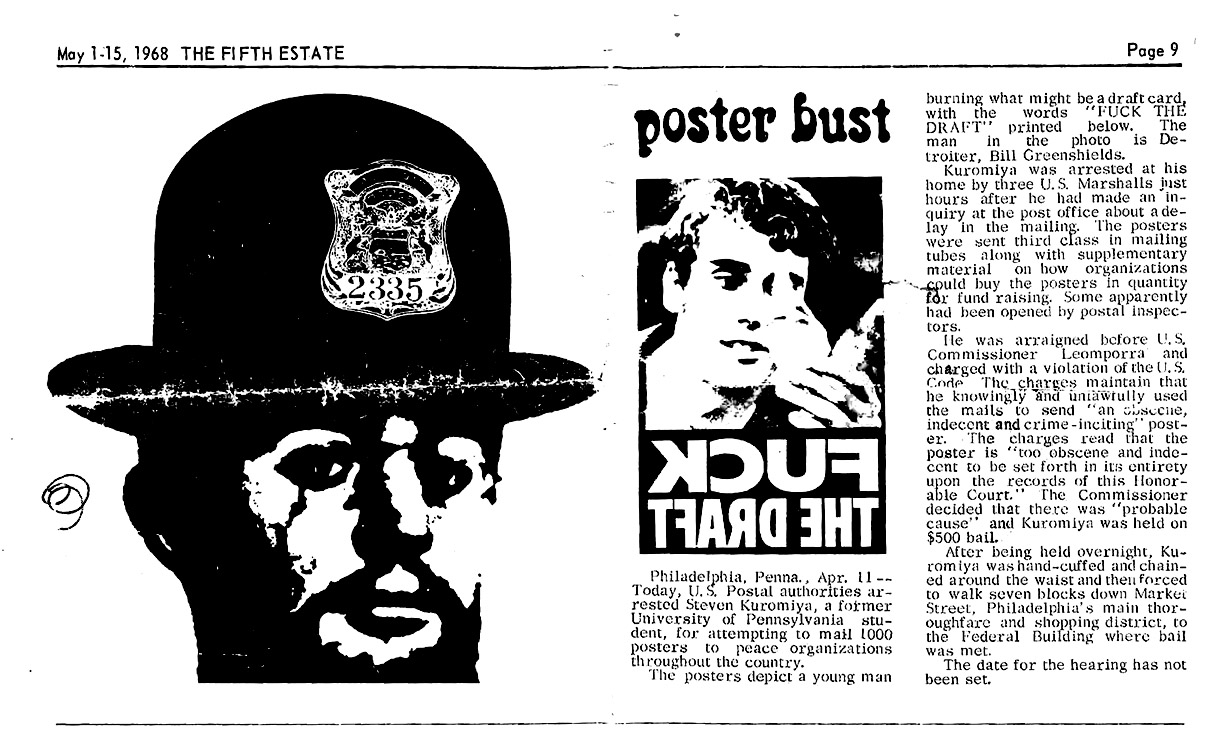
click to spawn a more readable enlargement
DM: The look on your face in that poster is a little demented, like you’re some kind of twisted fire-worshipper.
BG: Yeah, like there’s this GLEE of some kind! That’s probably why it was selected, but you gotta remember, I had just climbed this rope after walking from the Lincoln Monument to the Pentagon, and so I probably WAS really enjoying burning that card at the time. [laughs]
DM: So after the poster came out, the Federal obscenity charges came up against Kuromiya. Did the feds try finding you, too?
BG: Yes, they did.
Continues after the jump…









